Swiss Cheese: Let us unveil the mystery behind the holes!
The steps to make Swiss cheese
When we discuss Swiss cheese, we often mean Emmentaler. That's the most iconic cheese variety with a mild flavor profile and large holes. But Switzerland has hundreds of Swiss cheese varieties, each with its own complex recipe.
Usually, only a few cheese-makers know how their secret bacteria and enzymes interact with the fresh milk. They greatly influence the flavor and texture of the final product.
On top of that, each cheese recipe uses precise timings and temperatures during the various stages. Ultimately, that's why Emmentaler cheese tastes different from Appenzeller cheese.
Here are the steps involved in making Swiss cheese:
| Step | Description |
|---|---|
| 1. Milk Collection | Cows produce high-quality milk that is sourced from dedicated farms. |
| 2. Acidification | Starter cultures are added to the milk to convert lactose into lactic acid. |
| 3. Coagulation | Rennet or acid is used to cause coagulation, separating the milk into curds and whey. (Rivella, anyone?) |
| 4. Curd Cutting | Curds are cut to release the whey and facilitate moisture drainage. |
| 5. Cooking | Curds are gently heated to expel more whey and reach the desired texture. |
| 6. Pressing | Curds are pressed to remove the remaining whey and shape the cheese. |
| 7. Salting | Salt is applied to the cheese for flavor and preservation. |
| 8. Aging | Cheese is aged under controlled conditions to develop its unique characteristics. |
Following these steps to the "T" comes down to the cheese artisans. They ensure that each bite of Swiss cheese is a harmonious symphony of taste and aesthetics.
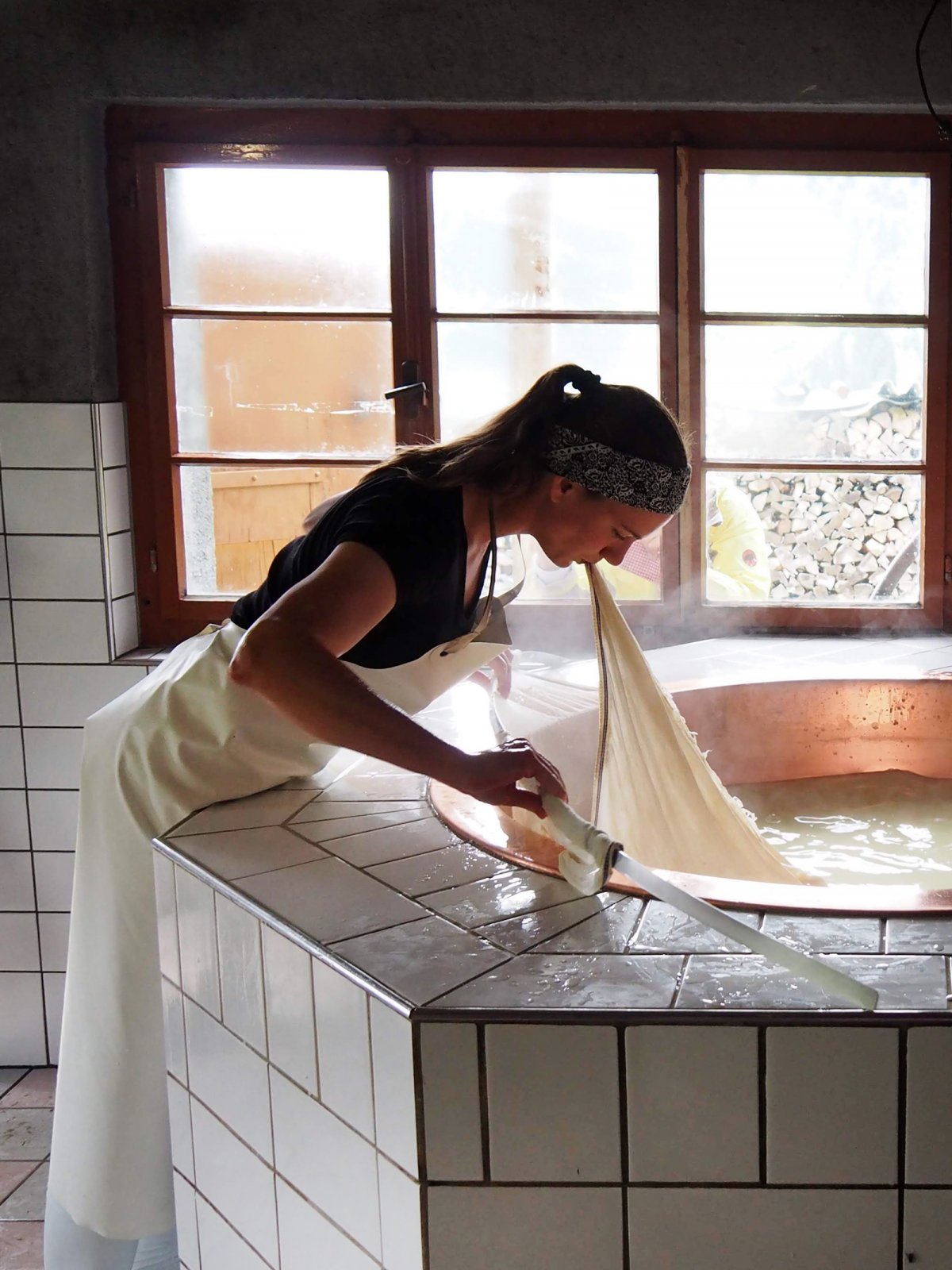
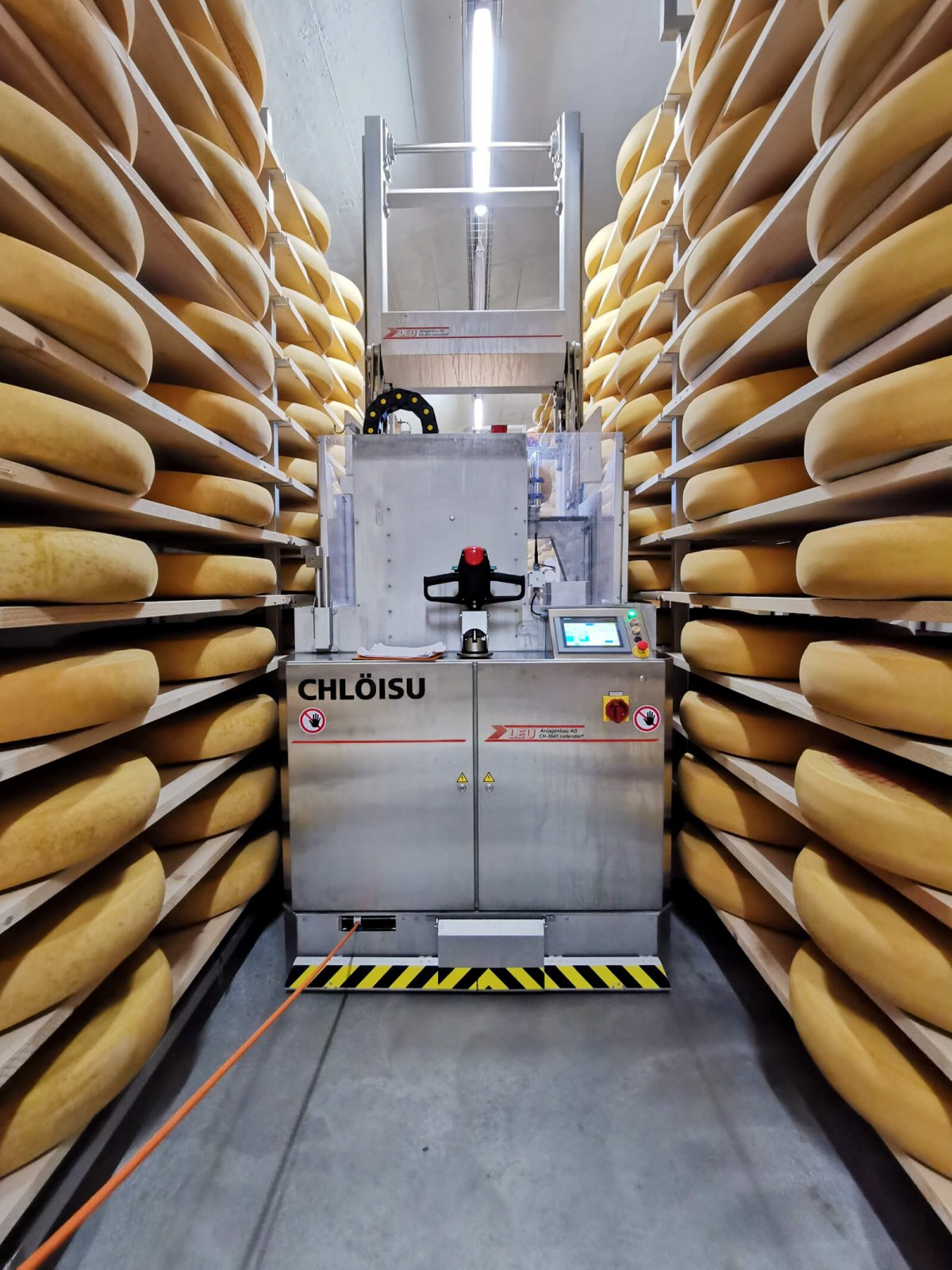
The role of bacteria in cheese production
The presence of bacteria plays a vital role in the production of cheese. Understanding and controlling the balance of bacteria is crucial in achieving the desired quality and taste in different types of cheese.
🧀 Master cheese-makers will carefully select and cultivate those bacteria cultures.
Within the cheese, bacteria and other microorganisms create a complex ecosystem. By helping in the fermentation process, they contribute to the unique flavor, aromas, texture, and appearance of different types of cheese.
| Bacteria Type | Function | Examples |
|---|---|---|
| Lactobacillus | Acidification | Cheddar, Camembert |
| Streptococcus | Flavor development | Brie, Gouda |
| Propionibacterium | Gas production | Emmental |
Along the way, bacteria will convert lactose into lactic acid. The key here is to create the ideal conditions for the formation of curds by lowering the pH. So, the primary role of bacteria is fermentation, but they are also important in the ripening process of cheese.
During ripening, certain bacteria break down proteins and fats, further enhancing the flavor and texture of the cheese.
And finally, still other bacteria produce carbon dioxide gas as a byproduct, leading to the characteristic holes in Swiss cheese!
How the holes get into Swiss cheese
First, holes in Swiss cheese only exist because of an accidental discovery. In the late 19th century, Swiss cheese makers observed that certain batches of cheese had holes while others did not. They later figured out that the presence of a specific bacteria, Propionibacterium freudenreichii or Props, was responsible for forming carbon dioxide gas.
Et voilà, they found the bacteria that creates the characteristic holes! No wonder this discovery led to the intentional cultivation of this bacteria. It was going to be the key to reproducing Swiss cheese with a holey texture over and over.
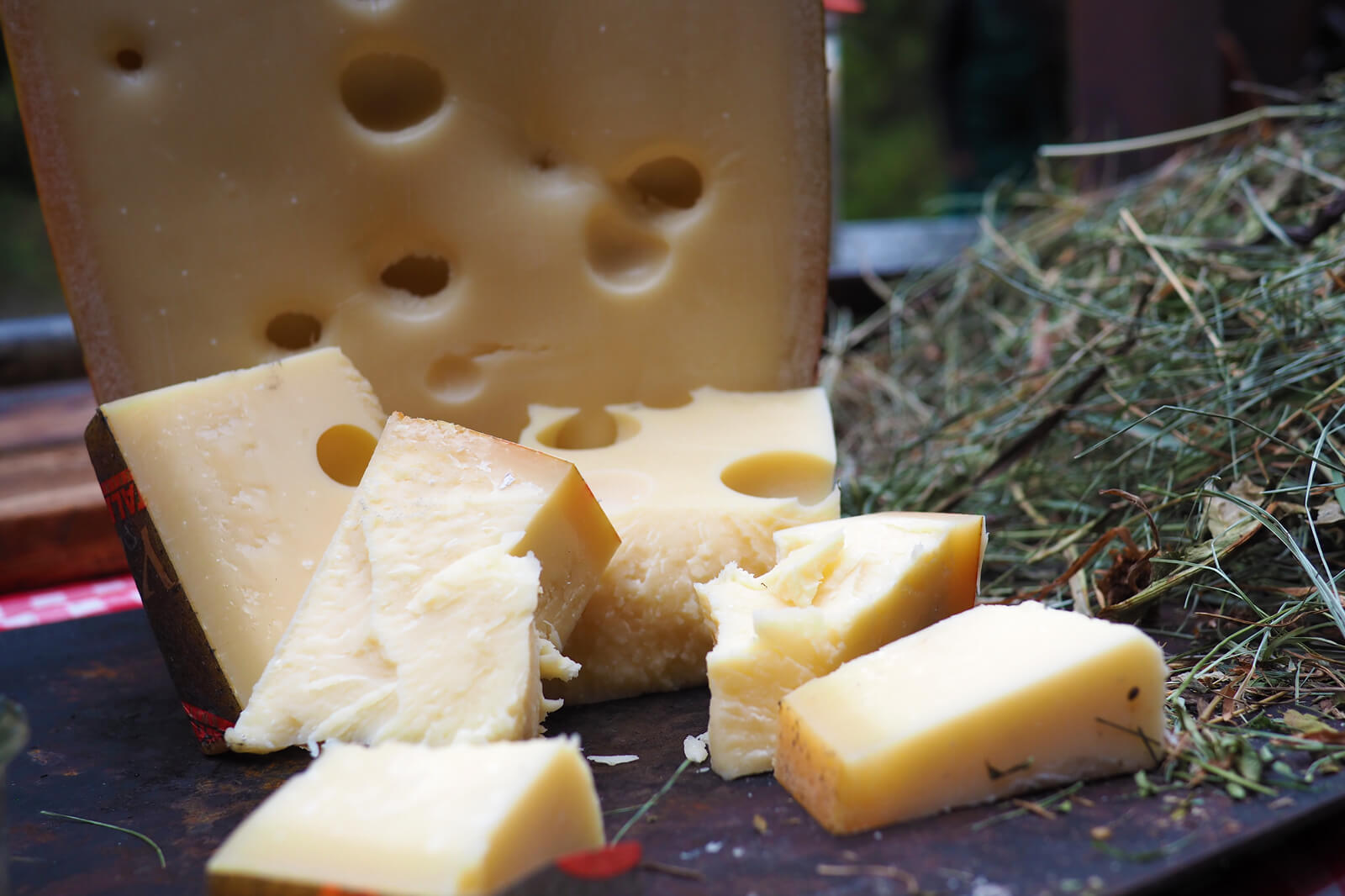
Swiss cheese undergoes an interesting process resulting in the formation of characteristic holes. Follow along to see how the holes get into Swiss cheese:
- Bacterial Cultivation: Specific bacteria strains are introduced during the cheese-making process. They consume the lactic acid other bacteria produce, releasing carbon dioxide (CO2) gas as a byproduct.
- Gas Trapping: The trapped CO2 gas within the cheese curds forms bubbles.
- Fermentation: As the cheese ages, the trapped gas continues to evolve, leading to the expansion and growth of the bubbles.
- Matrix Formation: The cheese matrix around the curds strengthens, supporting the expanding gas bubbles.
- Cheese Hole Development: With time, the gas bubbles expand further, pushing against the matrix and forming iconic holes. Depending on the desired number and size of holes, this process takes place over a span of weeks or months.
🧀 As you have learned, a hole is not equal a hole in Swiss cheese. Some are small; others are outrageously large. And there's good reason for that.
It comes down to the specific strains of bacteria, acidity, temperature, moisture content, and aging duration. They play a crucial role in determining the size and distribution of the holes.
So, the next time you take a bite of Emmentaler, Gruyère AOP, or Tilsiter, consider the marvels of microbial chemistry that have contributed to its exceptional quality!
Interesting Facts about the Holes in Swiss Cheese
👉 Swiss cheese is made by adding bacteria to cow's milk, which causes chemical reactions and the formation of solid curds and liquid whey. (Rivella, anyone?)
👉 Swiss cheese gets its holes, or "eyes," from a specific bacteria called Propionibacterium freudenrichii subspecies shermanii (P. shermanii).
👉 P. shermanii bacteria produce carbon dioxide gas under specific conditions, forming round openings in the cheese.
👉 When Swiss cheese is cooled, the holes created by the gas remain in place, giving the cheese its distinct holey appearance.
👉 Swiss cheese takes about six weeks to make, including four weeks for the eyes to form. It is then aged for an additional two months.

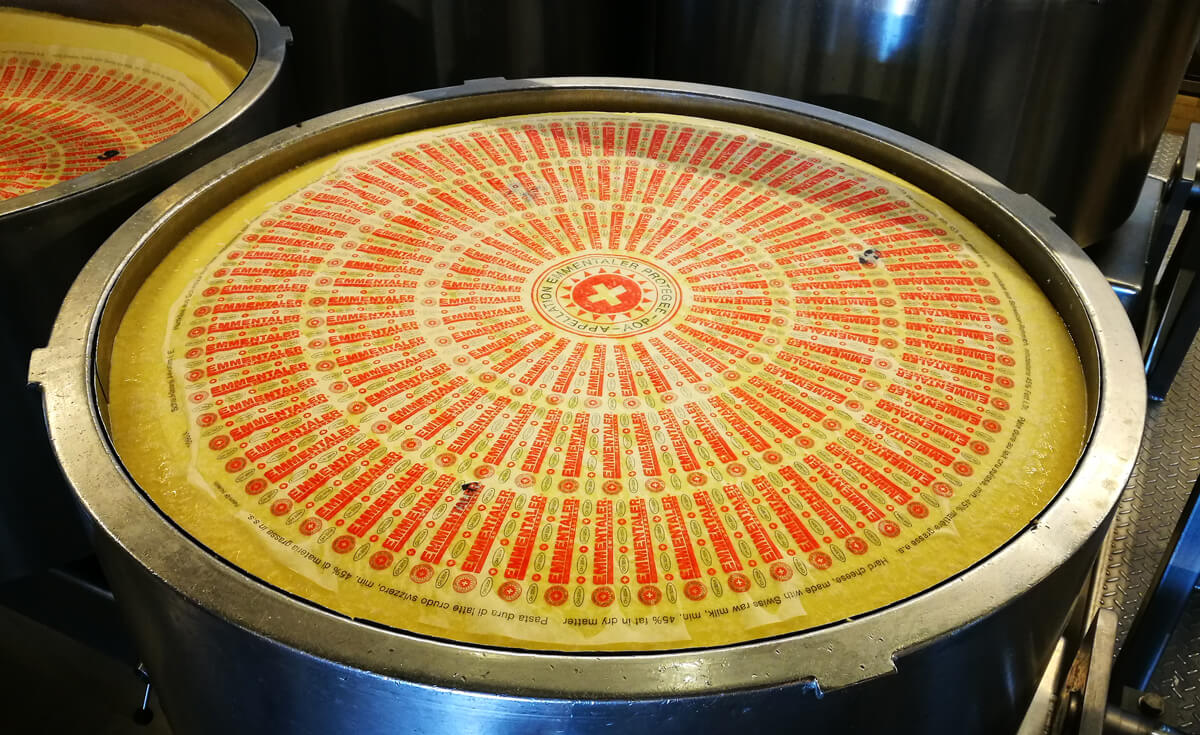
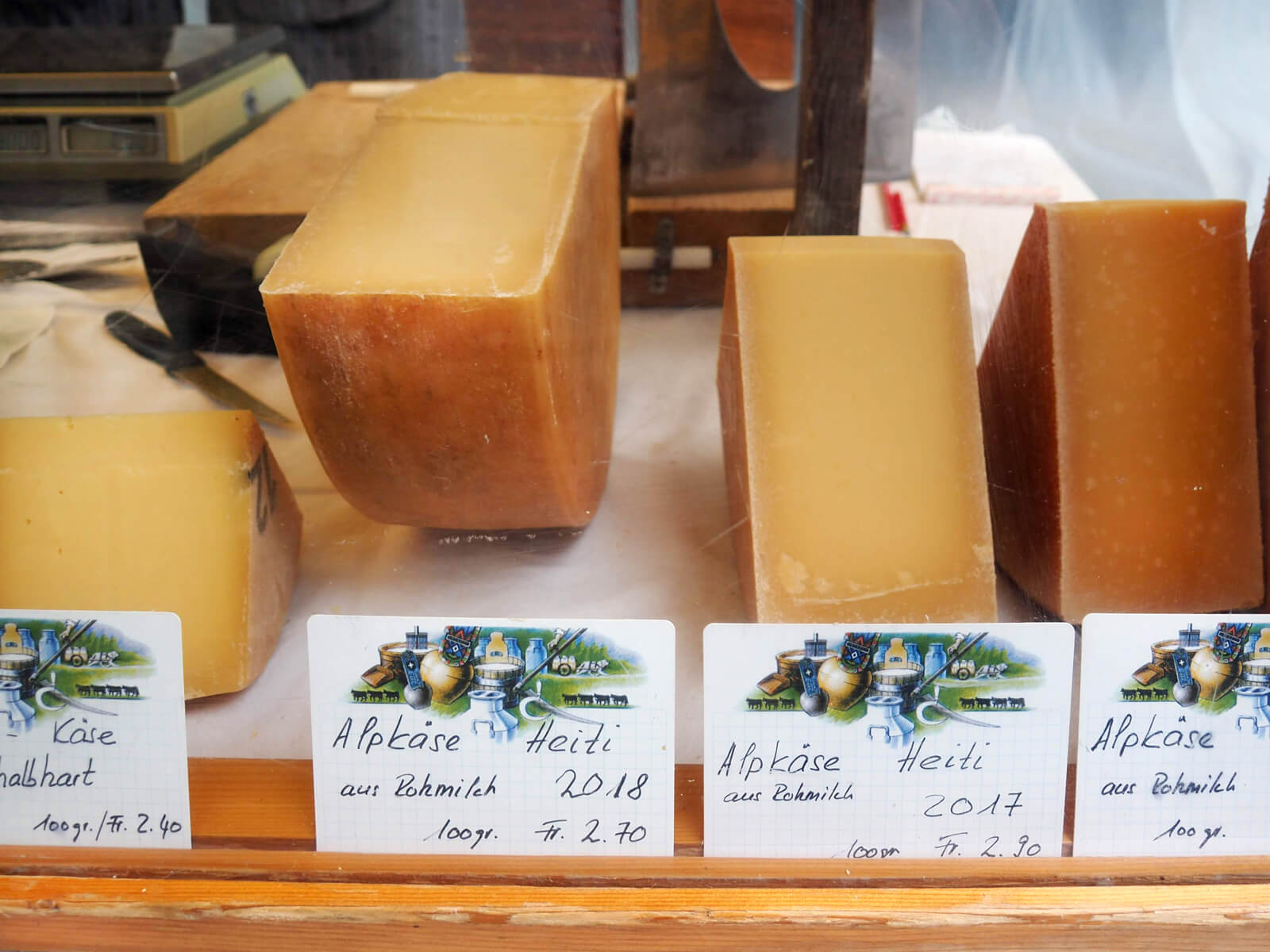





Add comment